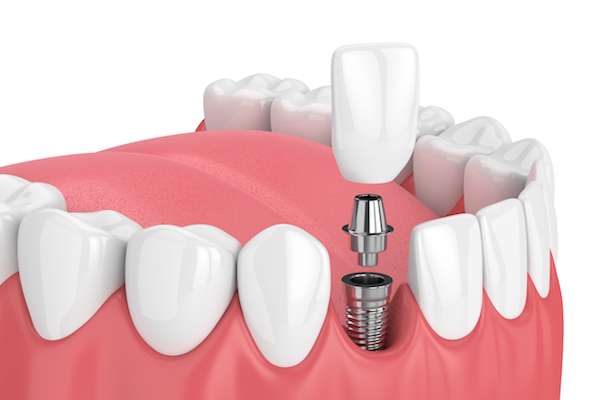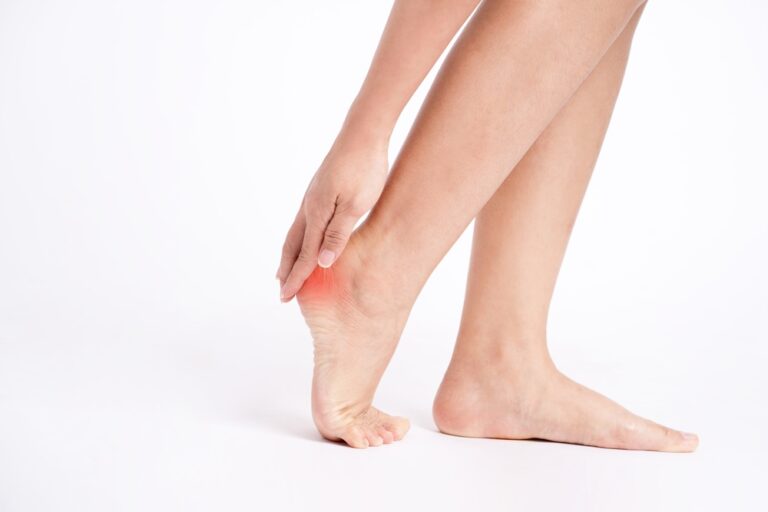In Indianapolis, dental implant surgery is seen as a major innovation in modern dentistry. It helps individuals...
Day: April 17, 2024
One frequent reason for heel pain is a syndrome related to heel spur, which is also called...






